Electromagnetic radiation is a form of energy that is transmitted through waves. These waves propagate through space or a medium and encompass a wide range of wavelengths and frequencies. They can be classified into various types, such as radio waves, microwaves, infrared radiation, visible light, ultraviolet radiation, X-rays, and gamma rays. Each type of wave has its own unique characteristics and behaves differently when it interacts with objects and substances. The portion of electromagnetic radiation that is visible to the human eye lies within the spectrum of visible light. This spectrum corresponds to a specific range of wavelengths, allowing our eyes to perceive colors and our surrounding environment. The connection between electromagnetic radiation and visible light facilitates our ability to experience the world through the sense of vision.
Electromagnetic energy refers to the energy carried by electromagnetic radiation, which is present in the form of electromagnetic waves.
Examples
Radio wave
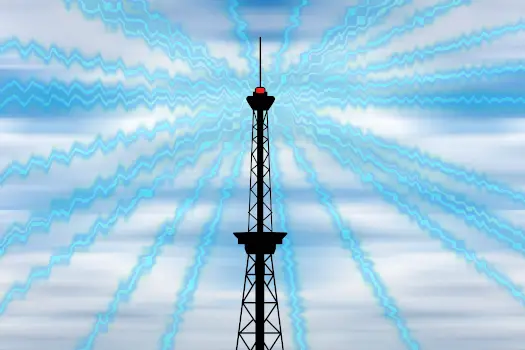
Radio waves are a type of electromagnetic radiation characterized by their long wavelengths. They fall within the broader spectrum of electromagnetic radiation, which includes various types of waves, such as radio waves, microwaves, infrared, visible light, ultraviolet, X-rays, and gamma rays. Radio waves are commonly used for communication, broadcasting, and wireless technologies.
Infrared
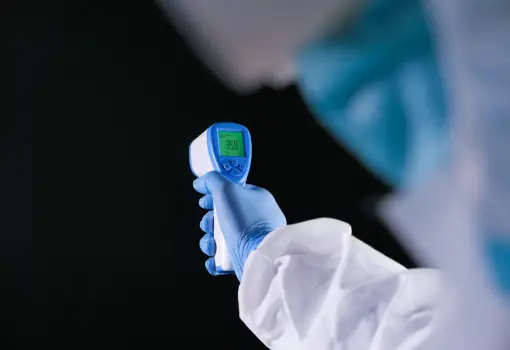
Infrared radiation is a segment of the electromagnetic spectrum with wavelengths longer than those of visible light. It is commonly used in various applications, such as remote controls (infrared sensors), medical imaging (thermal imaging cameras), and is associated with the perception of heat. Objects emit infrared radiation based on their temperature, making it valuable in applications that involve detecting and visualizing heat.
Ultraviolet
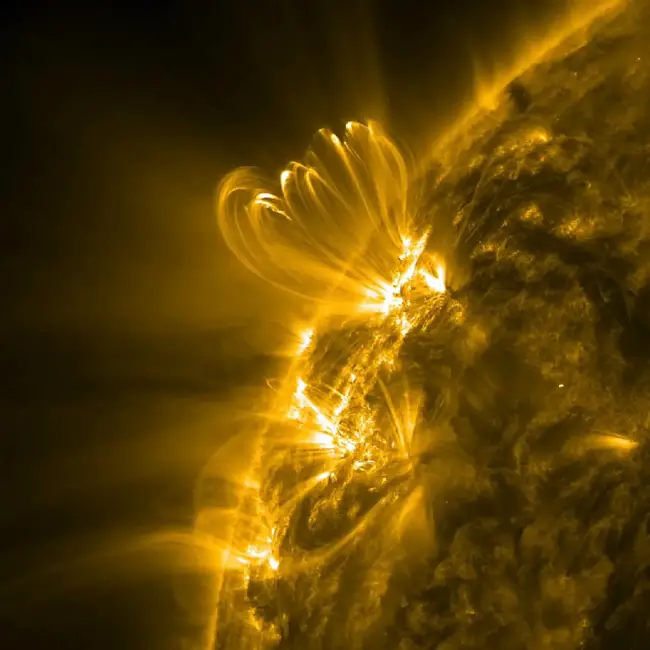
Ultraviolet (UV) light is a segment of the electromagnetic spectrum with shorter wavelengths than visible light. It is responsible for the effects of sunburns and tanning on the skin. When the skin is exposed to UV light, it can cause damage to the DNA in skin cells, leading to the reddening of the skin (sunburn) or an increase in melanin production (tanning) as a protective response. UV light is also used in various applications, including sterilization and fluorescent lighting.
Television transmitter
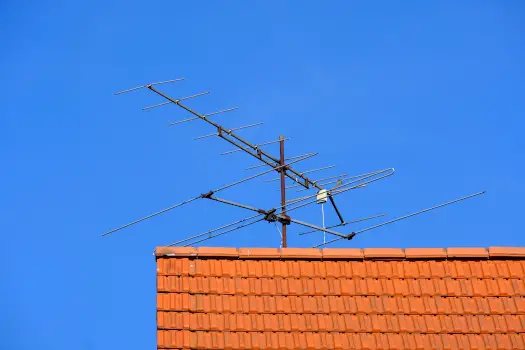
Television transmitters produce and release electromagnetic waves, specifically radio waves, that carry television signals. These signals contain audio and visual information. The electromagnetic waves travel through the air to reach television receivers. Once received, the information encoded in the waves is decoded by the television, allowing viewers to see and hear the transmitted content. This process relies on the transmission of information through the electromagnetic radiation of radio waves.
Gamma ray

Gamma radiation is a type of electromagnetic radiation with extremely high energy and short wavelengths. In medical imaging, gamma rays are commonly utilized in techniques such as gamma-ray imaging and positron emission tomography (PET) scans. The high energy of gamma rays allows for detailed imaging of internal structures and processes within the body. These medical applications harness the penetrating power of gamma radiation to provide valuable diagnostic information.
X-ray
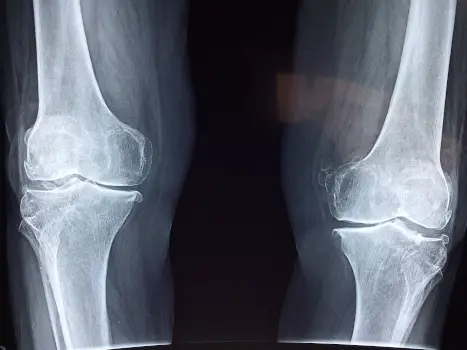
X-rays belong to the electromagnetic spectrum and have higher energy and shorter wavelengths than visible light. Due to their penetrating capabilities, X-rays are commonly used in medical imaging, such as X-ray radiography. X-rays can pass through soft tissues but are absorbed by denser materials like bones. This differential absorption allows for the creation of detailed images of internal structures. The ability of X-rays to penetrate through objects makes them valuable in various applications, including medicine and security screening.
Visible light

Visible light is the segment of the electromagnetic spectrum that our eyes are sensitive to. This segment includes various colors, each corresponding to a different wavelength. When visible light interacts with objects, it is either absorbed or reflected. Our eyes perceive the colors and shapes of objects based on the wavelengths of light that reach them. The ability to see visible light allows us to interpret our surroundings, distinguish colors, and perceive shapes.
Microwave
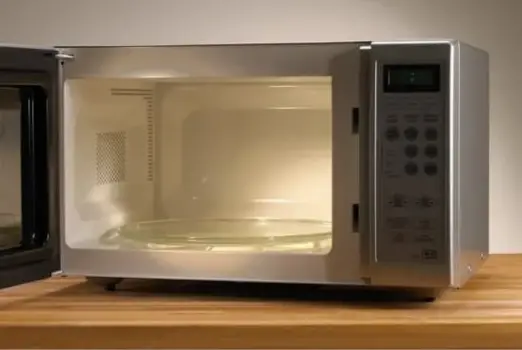
Microwaves belong to the electromagnetic spectrum and have longer wavelengths than visible light. In cooking, microwaves are utilized to heat food quickly and efficiently. Microwave ovens emit microwaves that penetrate the food, causing water molecules to vibrate and generate heat. Microwaves are used in communication technologies, such as microwave transmission systems, for long-distance communication. The ability of microwaves to transmit information and efficiently heat substances makes them valuable in various applications.
Heat

The process of burning wood involves combustion, which releases energy in various forms, including electromagnetic radiation. When wood burns, it emits visible light, which is what we perceive as the flame. The heat generated during combustion is also a form of electromagnetic radiation, typically in the infrared part of the spectrum. This combination of visible light and heat is a result of the chemical reactions occurring during the combustion of wood.
Longwave
Longwave radiation refers to electromagnetic waves with longer wavelengths. In the electromagnetic spectrum, this corresponds to lower frequencies. An example of longwave radiation is radio waves. These waves have relatively low frequencies and are used in various communication technologies, including radio broadcasting. The longer wavelengths of these waves enable them to cover long distances and penetrate obstacles, making them suitable for communication over extended ranges.
Shortwave
Shortwave radiation refers to electromagnetic waves with shorter wavelengths, corresponding to higher frequencies. In the electromagnetic spectrum, shortwave radiation includes frequencies used in communication, particularly in shortwave radio broadcasting. The higher frequencies allow for efficient transmission over long distances, making shortwave communication suitable for global broadcasts and communication.
Related
- Radiation
- Nuclear power
- Light
More topics
- Electromagnetic radiation
- Particle radiation
- Acoustics
- Gravitational wave
External links
- https://study.com/learn/lesson/electromagnetic-energy-radiation-examples.html
- https://www.thoughtco.com/examples-of-electromagnetic-energy-608911
- https://www.britannica.com/science/electromagnetic-radiation
- https://justenergy.com/blog/electromagnetic-energy-understanding/
- https://socratic.org/questions/what-is-electromagnetic-energy
- https://courses.lumenlearning.com/chemistryformajors/chapter/electromagnetic-energy-2/
Deep
Learnool.com was founded by Deep Rana, who is a mechanical engineer by profession and a blogger by passion. He has a good conceptual knowledge on different educational topics and he provides the same on this website. He loves to learn something new everyday and believes that the best utilization of free time is developing a new skill.
